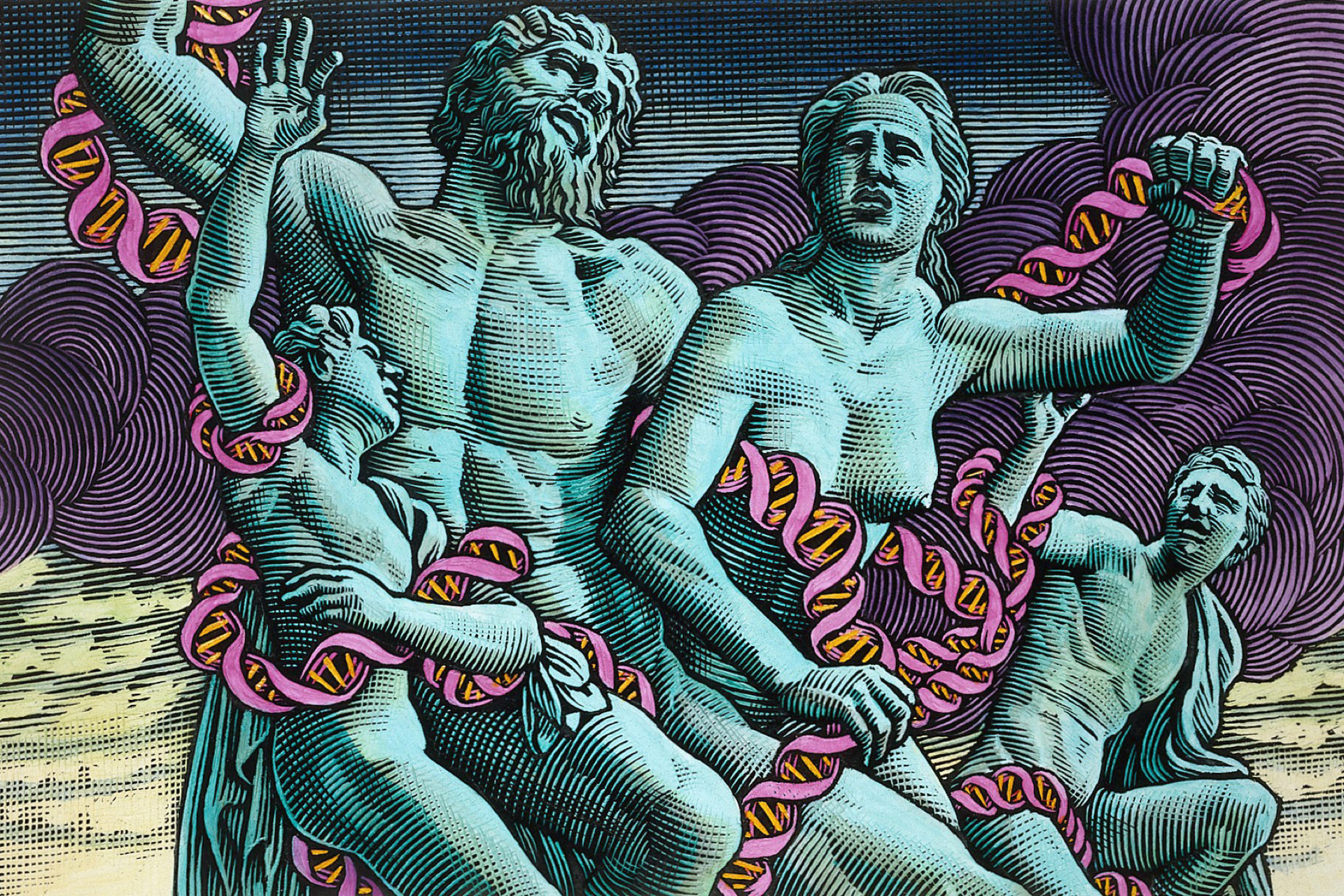New techniques could make it possible for scientists to obtain embryonic stem cells (ES cells) without destroying a viable human embryo, two studies published online in Nature suggest. In the first, researchers based at US company Advanced Cell Technology (ACT) derived ES cells from a single cell taken from early mouse embryos, which then went on to develop normally. In the second, scientists at the Massachusetts Institute of Technology in Boston derived ES cells from an 'altered' cloned mouse embryo that would never be able to implant in the womb. However, both groups of scientists stress that their methods should not be portrayed as alternatives to existing techniques for obtaining ES cells, and that all lines of research should continue.
Many scientists believe that ES cells - 'master' cells that can develop into almost any of the body's 200 different types of tissue - could lead to new treatments for a range of diseases. However, ES cell research is either banned or limited in many countries, since it involves the destruction of human embryos. In the US, some senators unhappy with recent proposals to expand federal funding of ES cell research have proposed the use of alternative methods for obtaining these cells. But until now, the feasibility of such approaches was largely unproven.
Robert Lanza and his colleagues at ACT, the company that produced the world's first cloned human embryo, removed single cells from mouse embryos that had reached the eight-cell stage. This technique is the same as the 'embryo biopsy' method used by scientists carrying out PGD, a procedure that has resulted in the birth of hundreds of healthy babies worldwide. The team then coaxed the single 'blastomere' cell into a colony of ES cells, by putting it in contact with existing ES cells. If the technique could be repeated using human embryos, then the resulting babies would have a supply of genetically-matched stem cells that could be used to treat any diseases they might develop during their lives, says Lanza.
In the second study, Rudolf Jaenisch and his team derived ES cells from cloned mouse embryos that had been genetically altered, so that they could not grow a placenta. Dubbed 'altered nuclear transfer', the technique involves blocking the action of a gene called Cdx2 in the skin cells used in the cloning process, so that the resulting embryos will never be capable of implanting into the womb. However, not all stem cell researchers are convinced by the approach. 'I don't see how it solves any ethical problems. The people who object are opposed to the whole cascade of reproductive medicine...they are not going to be won over by embryos that are not viable for a pregnancy', UK stem cell researcher Stephen Minger told the Times newspaper.
Sources and References
-
Scientists attempt way round objections
-
Two 'ethical' ways to harvest stem cells
-
'Ethical' routes to stem cells highlight political divide
-
Stem cell discovery avoids loss of embryo






Leave a Reply
You must be logged in to post a comment.